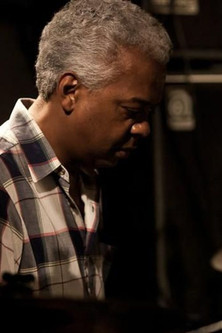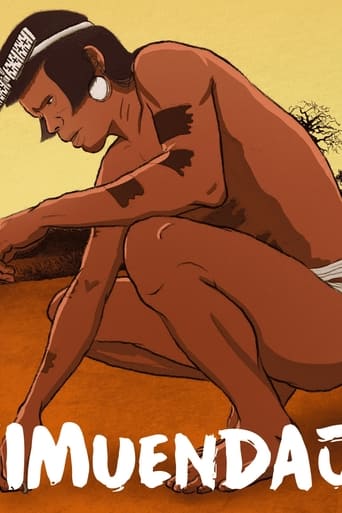Ãgtux 2005
The Maxakali possess a remarkable plastic and sound refinement revealed in drawings, paintings, clothes, songs and poems. These people have hundreds of years of history. He populated a vast territory, which he traveled nomadicly, from the interior of Minas Gerais and Bahia, to the Atlantic. Today, the Maxakali Indians number around 1,200 people who live in Minas Gerais, in a small territory, between the cities of Santa Helena and Bertópolis. They live under a shadow of poverty widely publicized in newspapers and on television. The film searches for what is missing in the news: the richness of its graphics, its language, its everyday life. Ãgtux means “telling stories”





